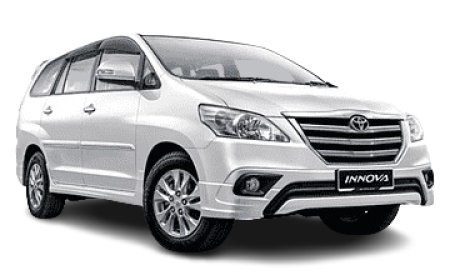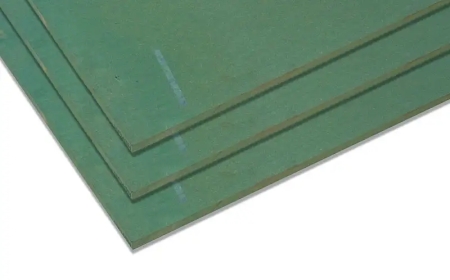SCADA vs. DCS vs. PLC – What’s the Difference?
SCADA (Supervisory Control and Data Acquisition), DCS (Distributed Control System), and PLC (Programmable Logic Controller). While these systems often work together in modern facilities, each serves a distinct purpose and is suited to specific applications. Understanding the differences between SCADA, DCS, and PLC is crucial for selecting the right automation solution for any industrial process.
What is a PLC?
A Programmable Logic Controller (PLC) is a ruggedized, industrial computer designed for real-time control of machinery and processes. PLCs are commonly used for discrete control, such as switching motors, valves, and sensors on and off based on logic rules programmed into the system.
Key Features of PLCs:
- Fast and deterministic control suitable for millisecond-level decision-making.
- Modular and scalable for small to large applications.
- Designed to withstand harsh environments (dust, vibration, temperature).
- Programmed using ladder logic, function block diagrams, or structured text.
- PLCs are typically deployed at the machine level in factories, packaging lines, and manufacturing cells, offering high-speed control and reliability.
What is SCADA?
SCADA (Supervisory Control and Data Acquisition) is a software-based system that enables operators to monitor, collect data, and control industrial equipment from a central location. SCADA systems connect to PLCs, RTUs (Remote Terminal Units), and other field devices to gather real-time information.
Key Features of SCADA:
- Real-time monitoring and visualization via HMIs (Human-Machine Interfaces).
- Historical data logging and trending
- Alarm management and remote control.
- Communication with multiple hardware systems via standard protocols (e.g., Modbus, OPC, Ethernet/IP).
- SCADA is commonly used in utilities (water, electricity, gas), oil & gas, and infrastructure where centralized supervision over a geographically dispersed process is essential.
What is DCS?
A Distributed Control System (DCS) is an integrated automation system designed to control complex, continuous processes such as those found in refineries, chemical plants, and power generation facilities. Unlike SCADA, a DCS offers tight integration of control, operations, and safety systems with a hierarchical network of controllers.
Key Features of DDS:
- High-level integration between control loops, HMIs, and historical databases.
- Centralized engineering and diagnostics.
- Continuous process control with advanced PID and logic strategies.
- Reliable and redundant architecture to prevent single points of failure.
DCSs are ideal for process industries that require continuous, uninterrupted control and consistent quality.
Key Differences Between SCADA, DCS, and PLC
|
Feature |
PLC |
SCADA |
DCS |
|
Primary Role |
Control field devices |
Monitor and supervise systems |
Control continuous processes |
|
Focus |
Logic execution |
Data acquisition & visualization |
Integrated process control |
|
Architecture |
Decentralized |
Centralized supervisory |
Distributed control |
|
Best For |
Discrete manufacturing |
Utilities, infrastructure |
Process industries |
|
Real-Time Response |
Fast |
Slower (monitors PLCs) |
Real-time with built-in redundancy |
|
Scalability |
Modular |
Highly scalable via software |
Scalable but more complex |
|
Redundancy |
Limited (requires configuration) |
Software-level redundancy |
Built-in hardware/software redundancy |
How They Work Together
In many modern industrial setups, PLCs, SCADA, and DCS do not competethey complement each other. For instance:
A PLC may control a motor or pump locally.
The SCADA system monitors the motor's performance and reports alarms.
A DCS may coordinate the motors operation with a larger process like temperature or flow regulation in a chemical batch.
Conclusion
While SCADA, DCS, and PLCs each have unique roles in automation, the lines between them are becoming increasingly blurred due to advances in digitalization and networking. Understanding their fundamental differences helps industries make informed decisions that optimize performance, reliability, and cost-effectiveness. Whether managing a small factory floor or a sprawling utility grid, selecting the right control architecture is the first step toward operational excellence.





































